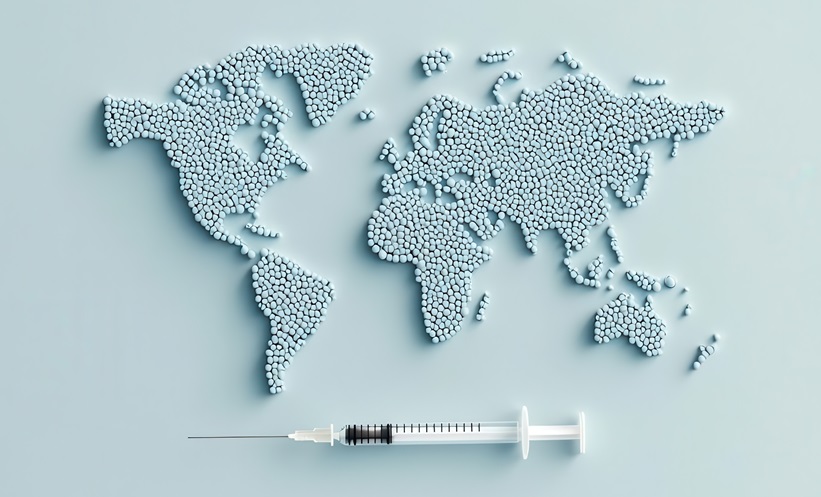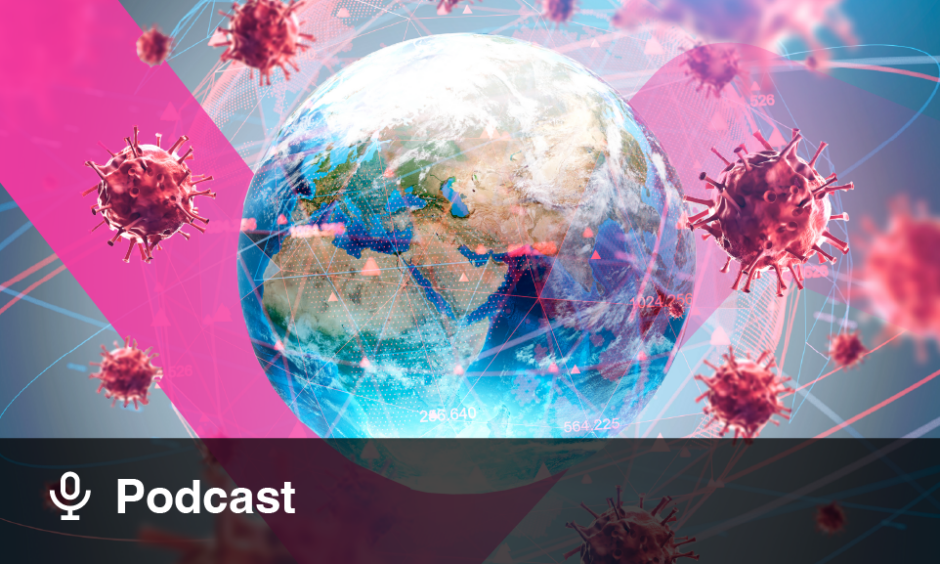THE WORLD Health Organization (WHO) has published a new list of 17 high-priority pathogens for vaccine research and development (R&D), aiming to address endemic diseases across the globe and advancing equitable vaccine access.
This first-of-its-kind initiative, which aligns with the WHO’s Immunisation Agenda 2030 (IA2030), focuses on pathogens with significant public health burdens, high antimicrobial resistance (AMR), and major socioeconomic impacts, especially in low- and middle-income regions.
The prioritisation study used surveys of immunisation experts worldwide, who ranked pathogens based on criteria such as mortality rates, AMR concerns, and regional disease impact.
The 17 prioritised pathogens fall into three categories based on the development stage of potential vaccines:
- Pathogens requiring new vaccine research: These include Group A Streptococcus, hepatitis C virus, HIV-1, and Klebsiella pneumoniae. New vaccines for these pathogens are urgently needed to address unmet health challenges worldwide.
- Pathogens needing further vaccine development: This category includes cytomegalovirus, Leishmania species, influenza virus (for broadly protective vaccines), Plasmodium falciparum (malaria), non-typhoidal Salmonella, norovirus, Shigella species, and Staphylococcus aureus. These pathogens present significant health and economic burdens, particularly in regions where AMR rates are rising.
- Pathogens approaching regulatory approval: These pathogens include dengue virus, Group B Streptococcus, extra-intestinal pathogenic E. coli, Mycobacterium tuberculosis, and respiratory syncytial virus. Vaccines in this category are nearing policy recommendations and potential public use.
Kate O’Brien, Director of the Department of Immunization, Vaccines, and Biologicals at WHO, highlighted the study’s shift from a profit-driven to a needs-based approach in vaccine development. “This prioritisation process, grounded in regional expertise and evidence, emphasises vaccines that will not only save lives but also reduce healthcare costs for families and systems,” she explained.
The WHO’s list is intended to guide funders, academics, and manufacturers toward high-impact vaccine R&D, supporting a more resilient global health landscape. Complementing the WHO’s R&D Blueprint for epidemic threats, which targets potential pandemic pathogens like COVID-19, this new endemic-focused list strengthens efforts to address both present and future global health needs.
Reference
Hasso-Agopsowicz M et al. Identifying WHO global priority endemic pathogens for vaccine research and development (R&D) using multi-criteria decision analysis (MCDA): an objective of the Immunization Agenda 2030. EBioMedicine. 2024. DOI:10.1016/j.ebiom.2024.105424








